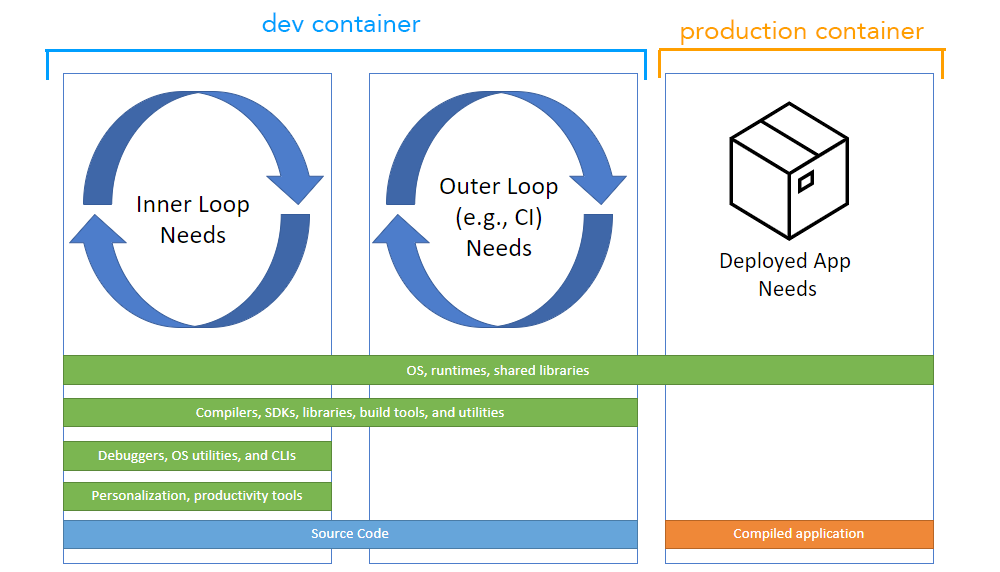-
Notifications
You must be signed in to change notification settings - Fork 350
New issue
Have a question about this project? Sign up for a free GitHub account to open an issue and contact its maintainers and the community.
By clicking “Sign up for GitHub”, you agree to our terms of service and privacy statement. We’ll occasionally send you account related emails.
Already on GitHub? Sign in to your account
[Feature]: Add development support for Dev Containers #898
Comments
|
I would like to understand the problem that you want to solve: In my understanding the project doesn't contains external dependencies other than llama.cpp. And we will still need Github pipelines to be able to compile the binaries in all platforms. DecContainers will not solve this issue. Docker containers (in my knowledge) will limit the GPU usage to NVIDIA + CUDA, the rest of the GPU alternatives will not use the GPU executing as a docker container. DevContainers is the technology that Microsoft is pushing, but I would like to understand the value that you expect in this project. |
|
Because I've been fighting with setup issues and haven't managed to get it going yet. Besides, our company hosting is containerized. And having a self-hosted AI agent is key for us. This means we need LLamaSharp to be containerized. Having a dev container allows us to:
This has less to do with Microsoft tooling and more to do with using vendor-agnostic industry standards. |
|
The issue you're getting there is because the DLLs/SOs cannot be loaded, probably because there's a missing dependency. Usually that's because of a GPU issue (e.g. bad drivers, incompatible hardware, missing cudart etc), which wouldn't be fixed by containerising it. I don't know anything about dev containers, so feel free to tell me if anything I'm saying here is rubbish! |
|
I didn't know much about dev container but I'm pretty sure LLamaSharp can be integrated into a docker container (CPU or CUDA). Could you please tell more about why dev container instead of docker container? |
Docker containers is the real goal for production setup. Dev containers is just an intermediate step to get there so that development and customizations for LLamaSharp is a lot easier. It is really well illustrated in the below visual: The value add here is to reduce inconsistencies between development setup and production setup. I'm still not able to figure out what I'm missing to get CPU based inference going with LLamaSharp and 3.1-8B model. A simple way to reproduce my problem is to:
|
|
Oh, was the error you showed above from using the CPU backend? If so everything I said about GPU/drivers/etc issues is not relevant! |


Background & Description
With advancements in Dev Containers it is now possible to create a reliable and consistent development working environment declaratively.
The value of implementing is:
API & Usage
No response
How to implement
With VS Code, add Dev Container and implement any environment dependencies, tooling, setup, etc.
And to do it declaratively in the same repo so setup can be version-controlled, and reproducible reliably.
The text was updated successfully, but these errors were encountered: